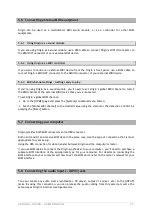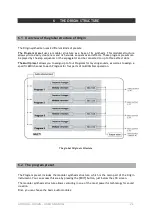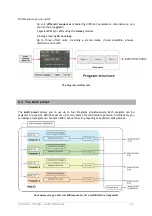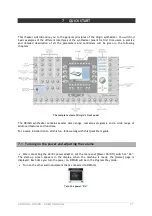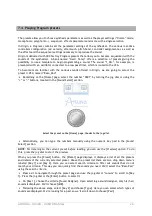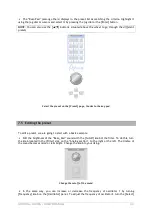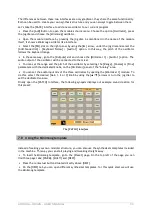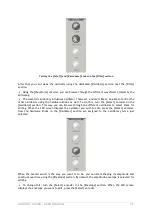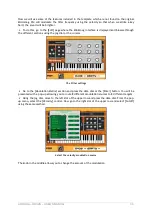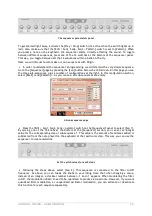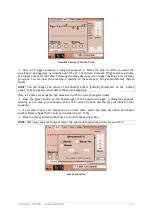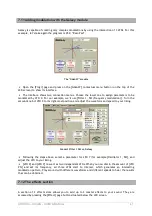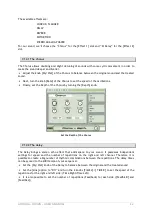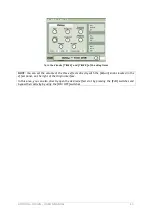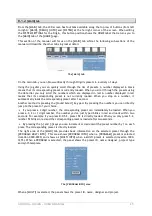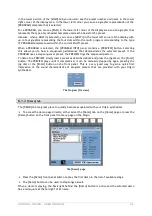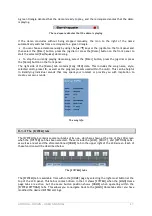
ARTURIA – ORIGIN – USER’S MANUAL
35
Turning the [Cutoff] and [Resonance] knobs on the [Filter] section
After that you can tweak the oscillator using the dedicated [Oscillator] section next the [Filter]
section.
Using the [Waveform] encoder, you can browse through the different waveforms offered by the
Minimoog.
The waveform knob only influences oscillator 1 however, and we’d like to be able to control the
other oscillators using the hardware knobs as well. To do this, turn the [Select] encoder on the
[Oscillator] section. This way you can browse through the different oscillators to select them for
editing. When the LCD screen displays the oscillator you wish to edit, press the [Select] encoder.
Now the hardware knobs in the [Oscillator] section are assigned to the oscillator you’ve just
selected.
When the overall sound is the way you want it to be, you can start shaping its amplitude and
spectrum over time using the [Envelope] section. By default, the amplitude envelope is selected for
editing.
To change this, turn the [Select] encoder in the [Envelope] section. When the LCD screen
displays the envelope you want to edit, press the [Select] encoder.



